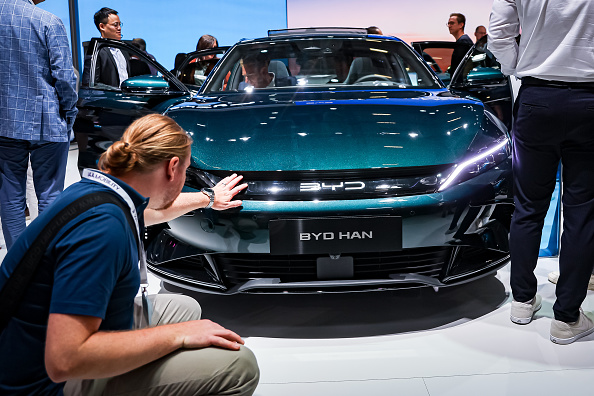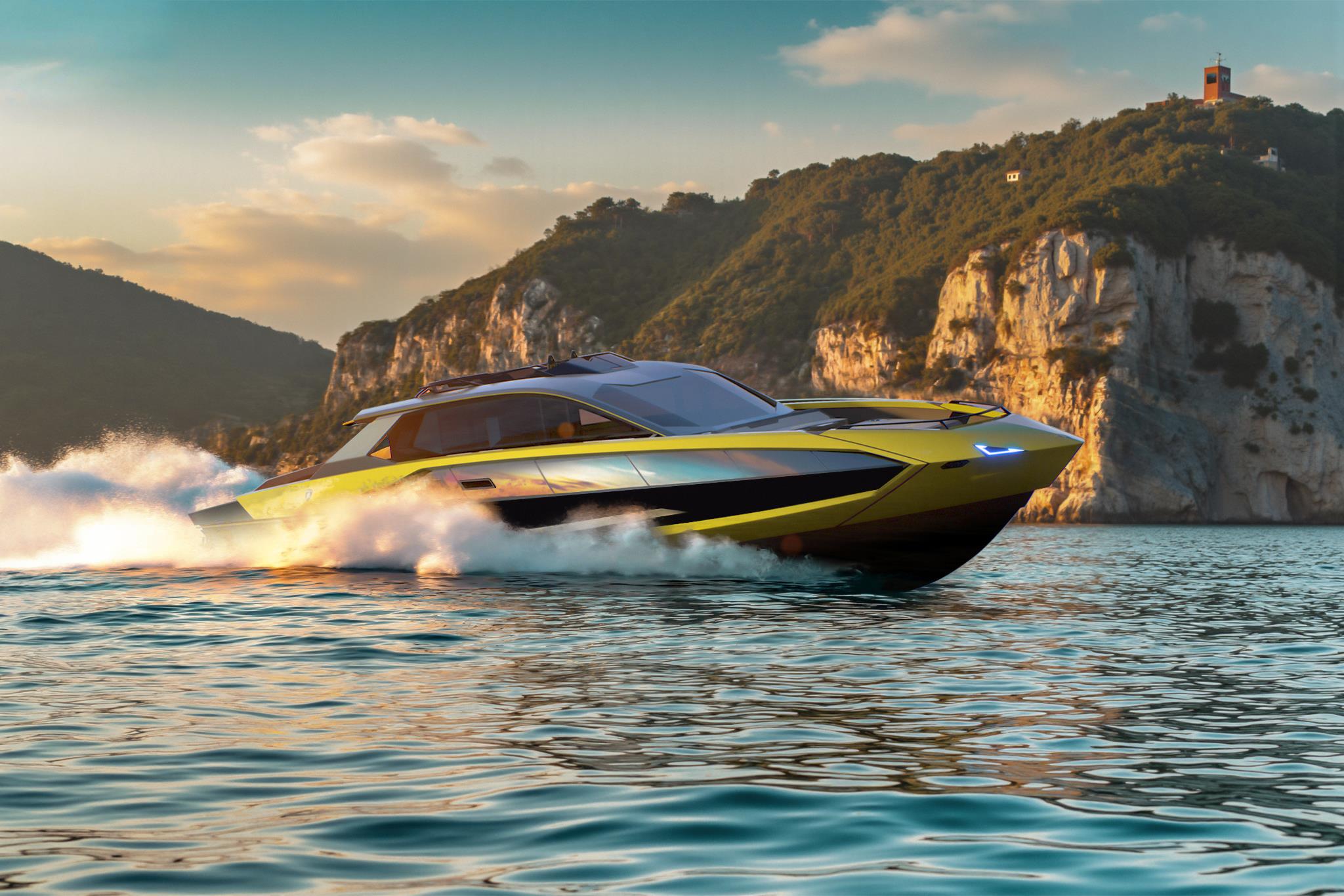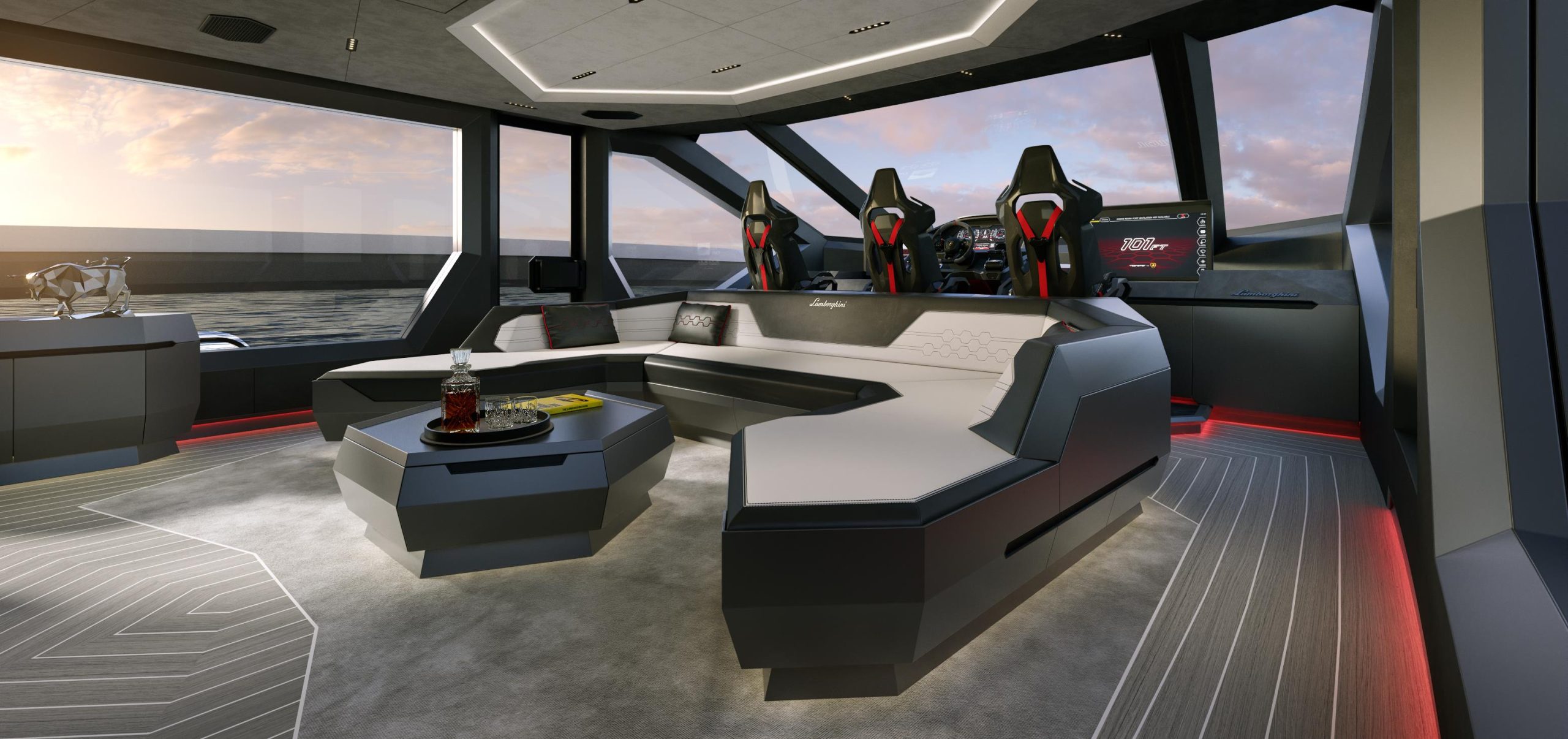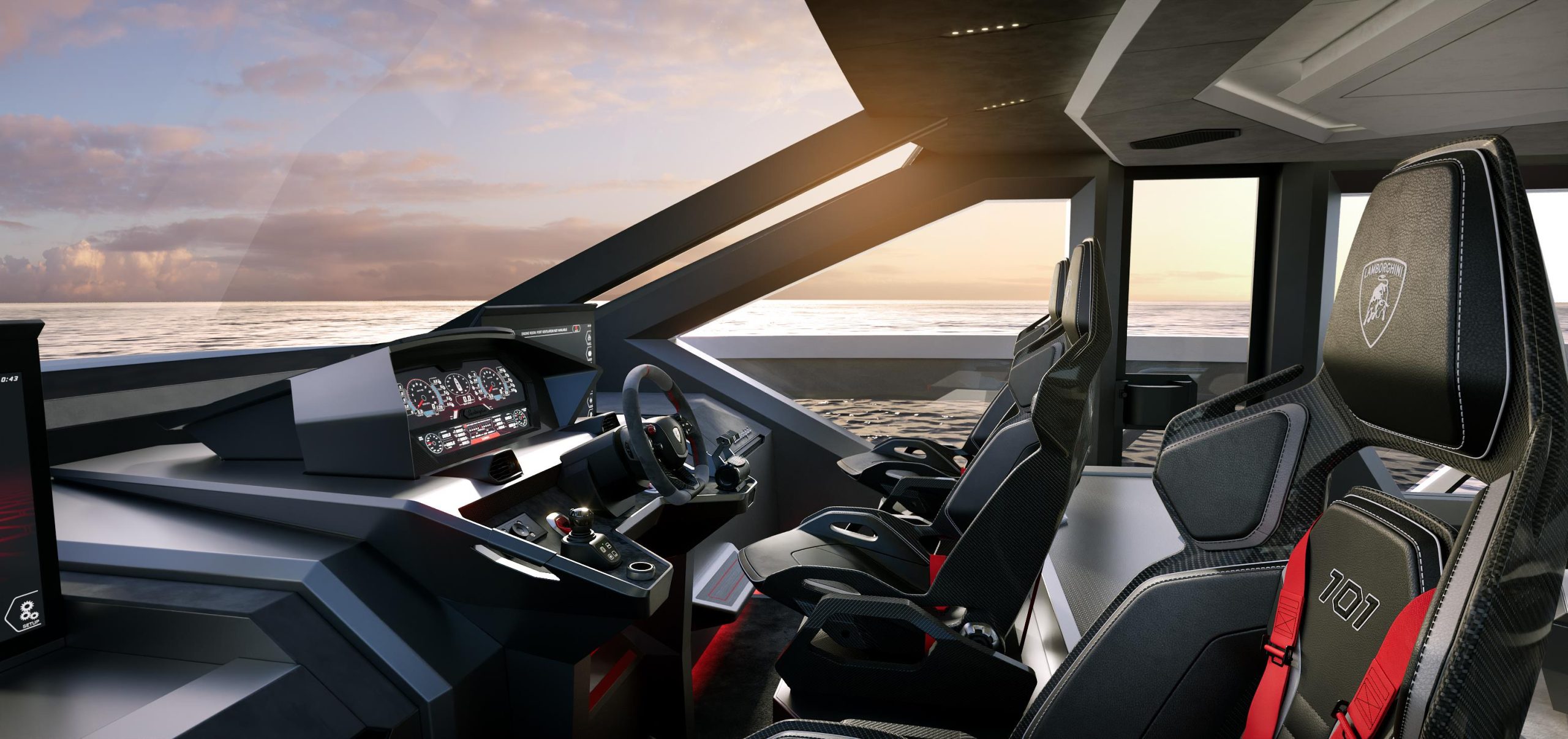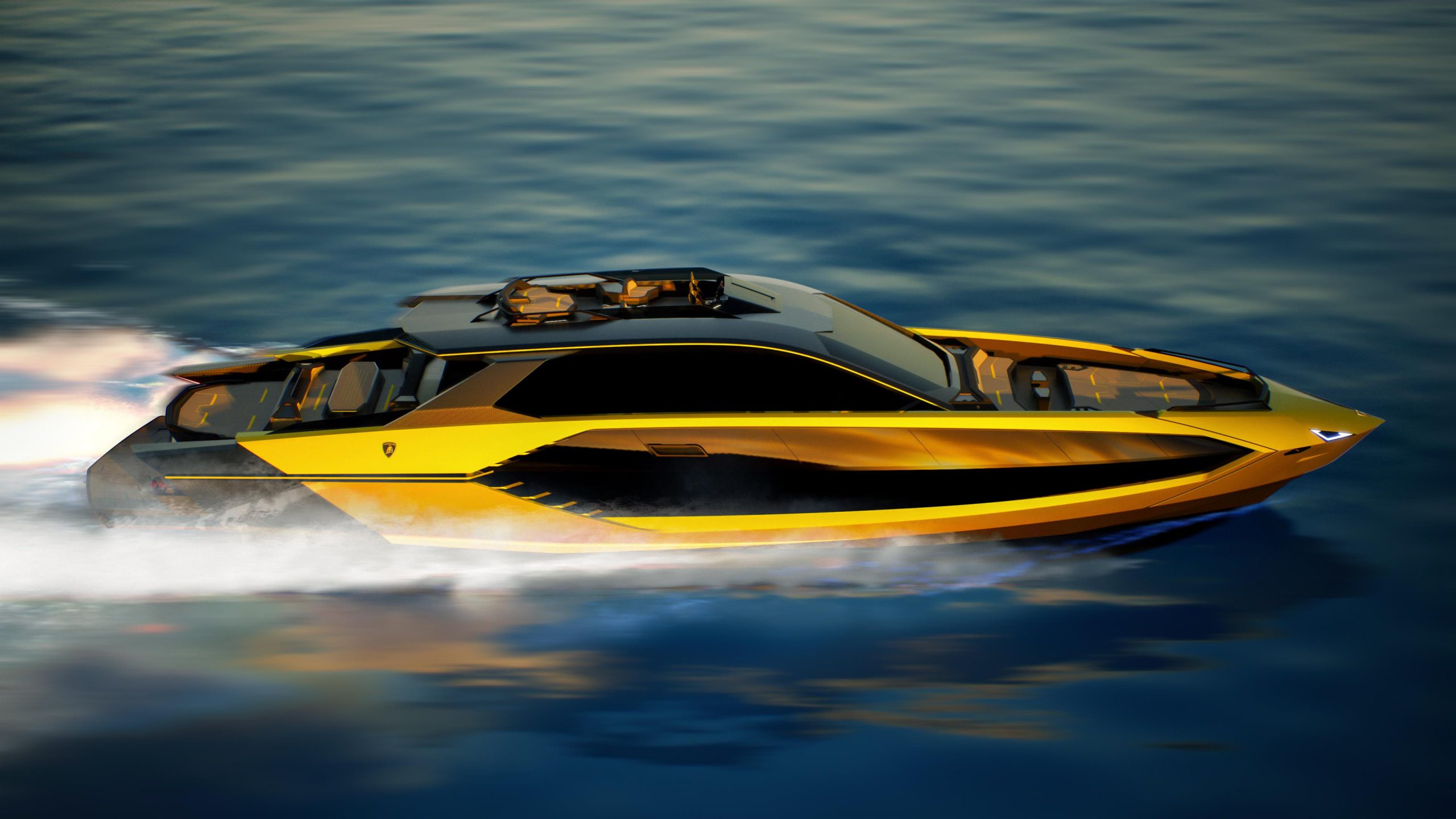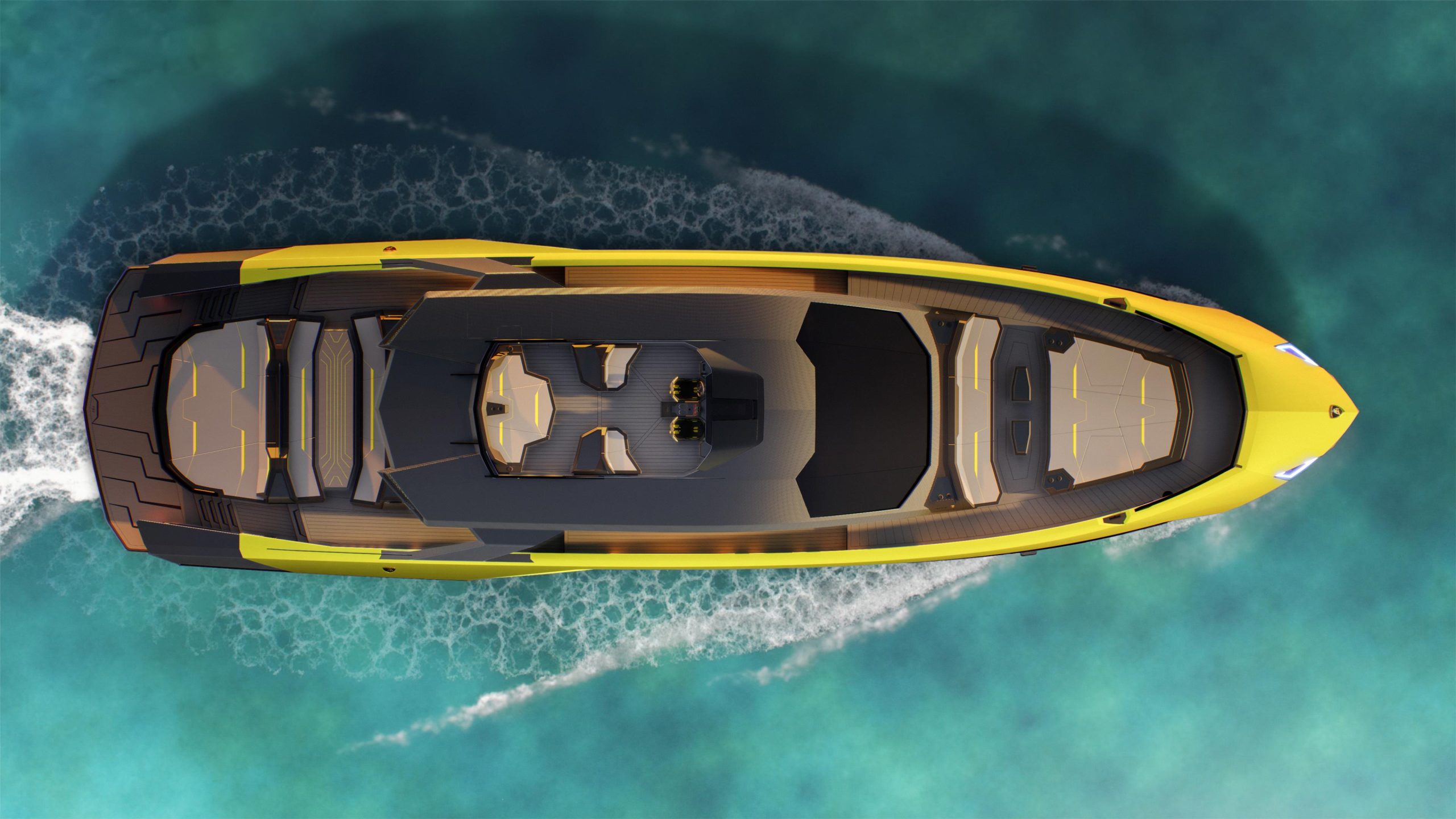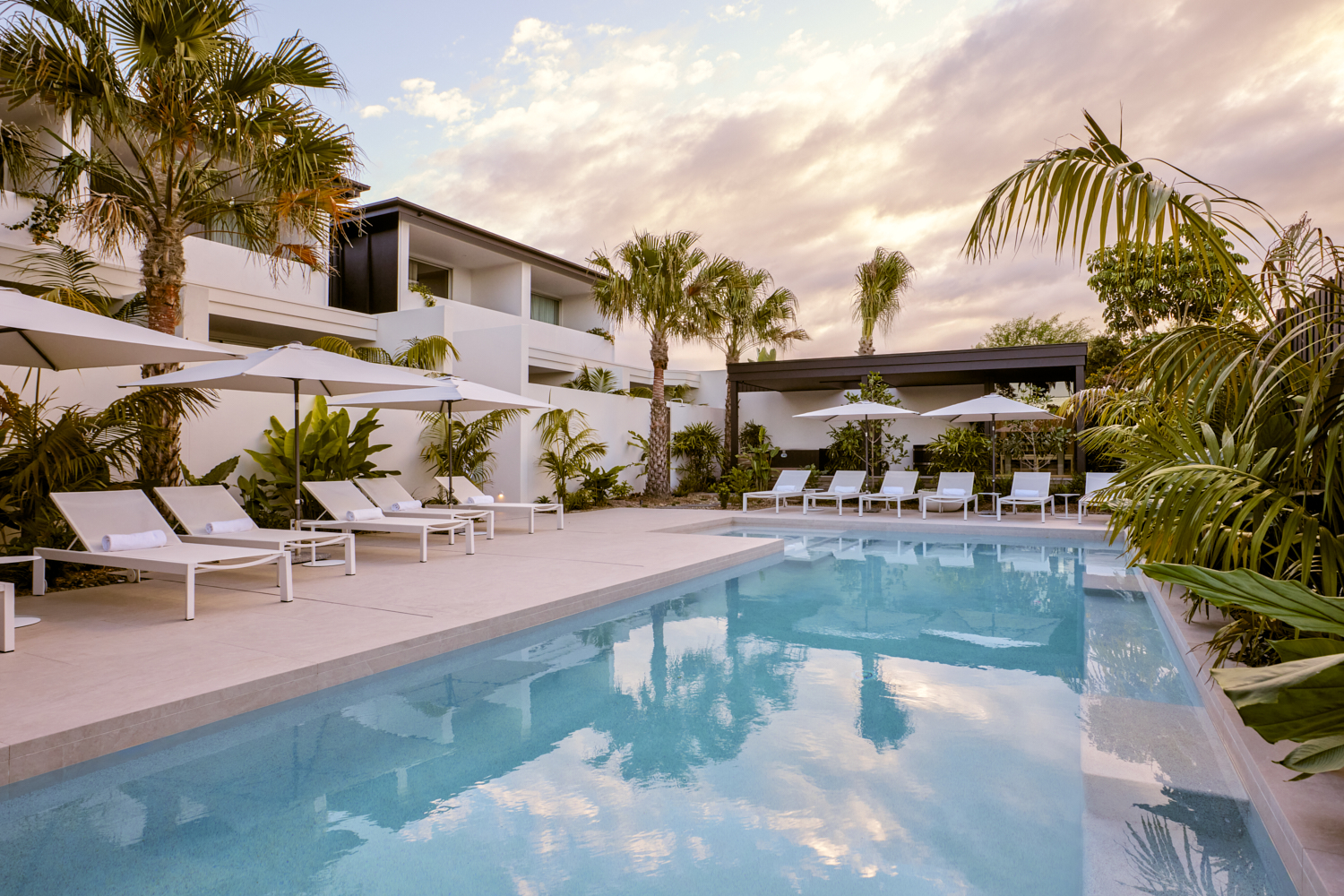EV Trade War Could Spread to Luxury Cars
Investors used to worry about an invasion of Chinese electric vehicles into Europe. Tit-for-tat tariffs would instead hit Porsches heading to China.
Europe’s politicians have no easy options for dealing with Chinese electric vehicles.
Slap a 100% tariff on them, as President Biden did last month , and China can easily retaliate against the more than 300,000 luxury cars it gets annually from the European Union. Let Chinese EVs into the EU with the current 10% tariff, though, and Chinese companies have an open road to take market share, given impressive technology and a roughly 30% cost advantage.
This week, the European Commission is expected to announce the results of a nine-month investigation into Chinese EV subsidies . Its most likely course of action is a cautious middle ground—a 25% to 30% tariff that would make European EVs broadly competitive with lower-cost Chinese imports. This could still trigger retaliation, but the EU’s executive body has to do something to protect an economically and strategically important industry.
This political reality only looms larger after this past weekend’s elections for the European Parliament, which rewarded right-wing populist parties in France and Germany. In the coming months a new European Commission will review the policy response to the EV investigation. Arguments for going easy on cheap Chinese EVs , because they help Europe’s climate goals, will presumably take a back seat to economic protectionism.
Just how much market share Chinese cars might take in Europe, at least in the short term, is debatable. After years of modest gains, they accounted for roughly one in 10 new EVs sold in Western Europe in the third quarter of 2023, according to Schmidt Automotive Research. But their share fell back in the final three months of the year, when France excluded China-made models from its subsidy program. High discounts on Chinese brands also point to stalling progress.
Many European consumers might not be ready for proudly Chinese brands such as BYD. The bestselling “Chinese” brand in Europe by far is MG, which is historically British but now belongs to China’s SAIC. Even it wasn’t one of April’s 10 bestselling EV models in the EU, according to data provider Jato Dynamics.
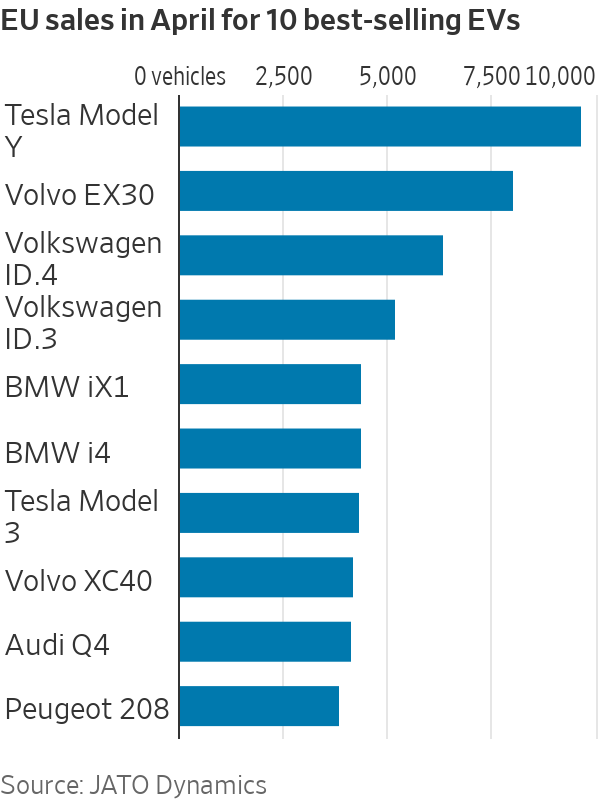
Many more Europeans would no doubt be converted to Chinese brands by the rock-bottom prices advertised domestically in China, which is in the throes of a vicious price war. But BYD launched its vehicles last year at surprisingly high prices, perhaps mindful of the EU’s investigation as well as the potential to juice its margins to compensate for a tough home market.
Still, the long-term threat posed by Chinese-made EVs in Europe is clear, and the EU won’t take any chances. One consequence of higher tariffs will be more local production. BYD is already building a factory in Hungary, while Volvo Cars will start producing its new EX30 in Belgium next year, rather than shipping it to Europe from China as it currently does. Tesla , which makes its Model 3 for Europe in its factory near Shanghai, will probably need to follow suit.
Other consequences will depend on China’s response. The China Chamber of Commerce to the EU said last month that Beijing was considering a 25% tax on imported cars with large engines. China’s current tariff on vehicle imports from the EU is 15%. This move would hit Porsche in particular as it makes about a quarter of its revenue in China and produces all its cars in Germany.
The irony is that investors previously assumed luxury cars were relatively insulated from the threat of Chinese EV imports. Last year, the market was instead worried about the competitive challenge to mass-market manufacturers such as France’s Renault . As politicians in Paris and Brussels responded, concerns shifted, contributing to a gaping divide in stock-market performance: Porsche’s stock is down 37% over one year while Renault’s is up 55%.
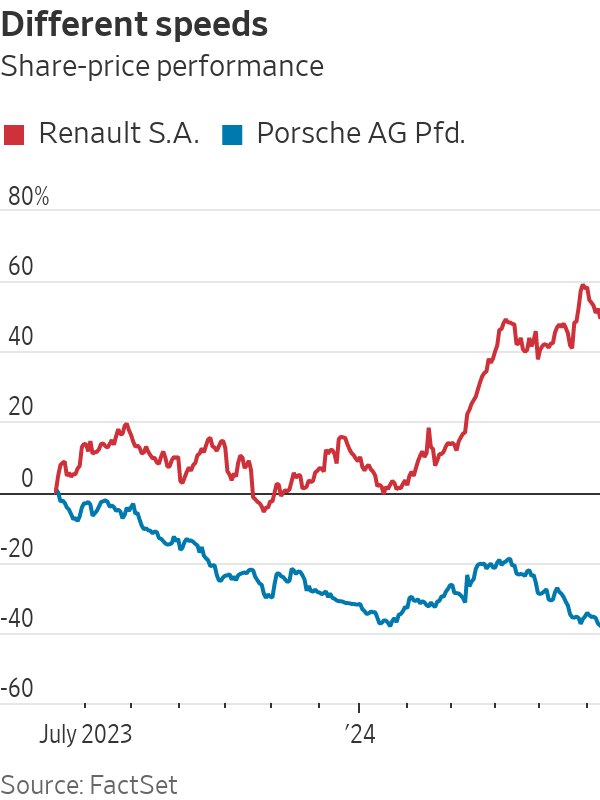
In the end, some kind of truce that keeps trade flowing is likely. The EU is more dependent on exports to China than the U.S., ruling out the kind of isolationism Washington is moving toward. That might be a reason to worry more about Renault again, though the French company appears to be making progress in cutting EV costs.
This points to the only sustainable European response to Chinese EVs: matching their technology and cost structure, at least as far as local differences allow. Higher tariffs can only buy a little time.
 Copyright 2020, Dow Jones & Company, Inc. All Rights Reserved Worldwide. LEARN MORE
Copyright 2020, Dow Jones & Company, Inc. All Rights Reserved Worldwide. LEARN MORE
A divide has opened in the tech job market between those with artificial-intelligence skills and everyone else.
A 30-metre masterpiece unveiled in Monaco brings Lamborghini’s supercar drama to the high seas, powered by 7,600 horsepower and unmistakable Italian design.
A 30-metre masterpiece unveiled in Monaco brings Lamborghini’s supercar drama to the high seas, powered by 7,600 horsepower and unmistakable Italian design.
When Lamborghini takes to the water, subtlety isn’t on the agenda. Unveiled at the Monaco Yacht Show, the Tecnomar for Lamborghini 101FT is a 30-metre superyacht that fuses Italian automotive theatre with cutting-edge naval engineering.
The model builds on the collaboration that began in 2020 with the Tecnomar for Lamborghini 63, a sell-out success that celebrated the marque’s founding year.
This new flagship pushes the partnership between Automobili Lamborghini and The Italian Sea Group to a grander scale, designed to deliver the same adrenaline rush at sea that drivers expect behind the wheel.
“The Tecnomar for Lamborghini 101FT redefines the concept of nautical luxury,” said Stephan Winkelmann, Chairman and CEO of Automobili Lamborghini.
“It is not only a yacht, but an affirmation of Italian excellence. The Italian Sea Group and Automobili Lamborghini share an exclusive clientele who are passionate about beauty, technology, and extreme performance.”
Design cues are unmistakably Lamborghini. The yacht’s sharp exterior lines echo the Fenomeno supercar revealed at Monterey Car Week, complete with Giallo Crius launch livery and signature Y-shaped lighting.
Inside, the cockpit and lounges mirror the DNA of Sant’Agata supercars through hexagonal motifs, sculptural seating and dramatic contrasts. With accommodation for up to nine guests and three crew cabins, indulgence meets practicality on every deck.
Performance is equally uncompromising. Three MTU 16V 2000 M96L engines and triple surface propellers generate a combined 7,600 horsepower, driving the yacht to 45 knots at full throttle, with a cruising speed of 35 knots. Two 35 kW generators provide additional efficiency and reliability, ensuring the yacht’s power matches its presence.
Mitja Borkert, Lamborghini’s Design Director, said: “With the Tecnomar for Lamborghini 101FT, we aimed to create a product that embodies the main design characteristics of our super sports cars. All the details, from the exterior to the colour, to the interior areas, recall and are inspired by Lamborghini’s DNA.”
Presented in scale at Monaco, the definitive Tecnomar for Lamborghini 101FT is scheduled to hit the water at the end of 2027. For those who demand their indulgence measured not only in metres but in knots, this is Lamborghini’s most extravagant expression yet.
Once a sleepy surf town, Noosa has become Australia’s prestige property hotspot, where multi-million dollar knockdowns, architectural showpieces and record-setting sales are the new normal.
A divide has opened in the tech job market between those with artificial-intelligence skills and everyone else.









